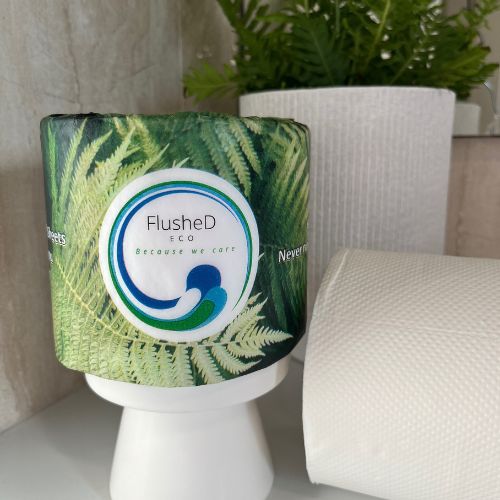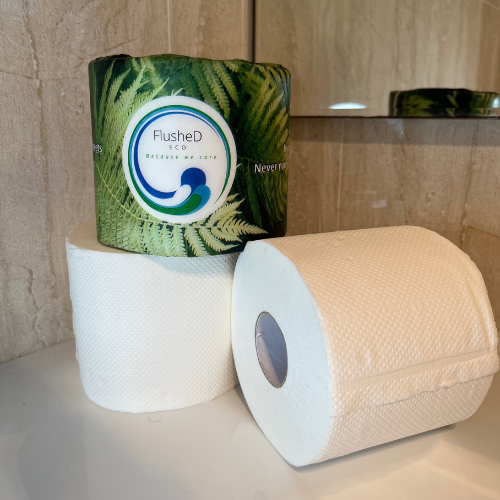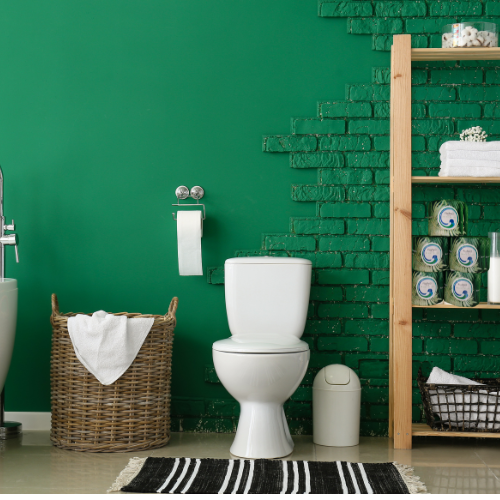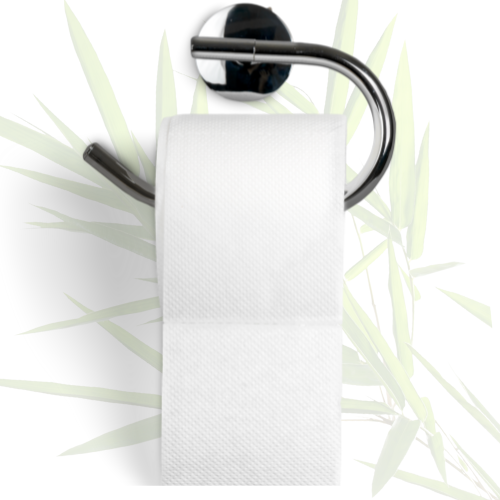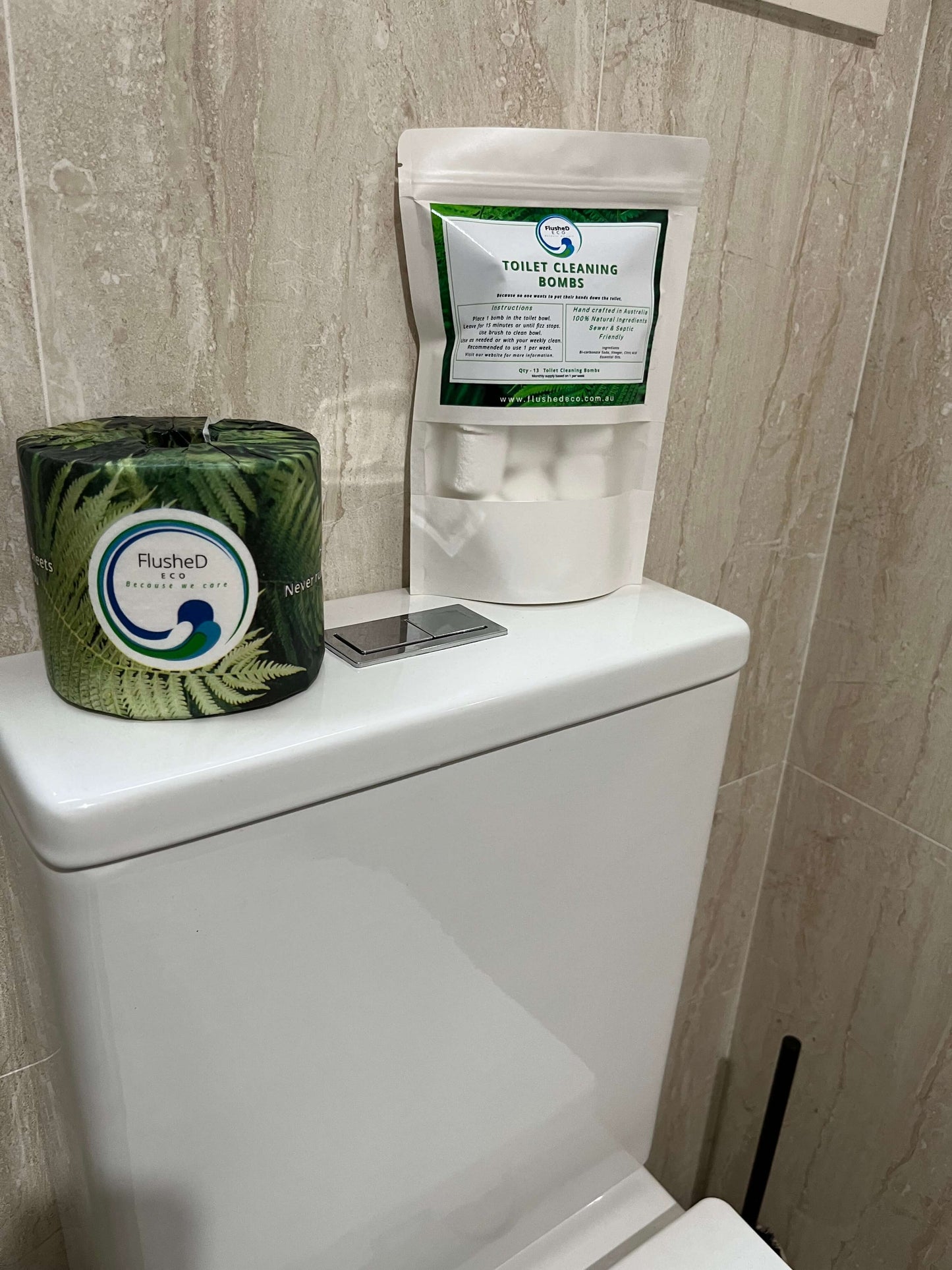How is Bamboo toilet paper made
Bamboo toilet paper is made from bamboo pulp, which is a type of natural fiber that is extracted from the bamboo plant. Here are the basic steps involved in making bamboo toilet paper:
-
Harvesting bamboo: The first step is to harvest bamboo stalks. Bamboo is a fast-growing plant that requires less water and pesticides than other crops, making it a sustainable choice for toilet paper production.
-
Processing the bamboo: The bamboo stalks are then cut into small pieces and boiled to soften the fibers. After boiling, the bamboo is crushed and pulped to create a mixture of bamboo fibers and water.
-
Forming the paper: The bamboo pulp mixture is then poured onto a screen, where excess water is removed, and the pulp is formed into thin sheets of paper.
-
Drying and cutting: The sheets of paper are then dried in a large oven and cut into smaller rolls or sheets that are suitable for use as toilet paper.
-
Packaging: The bamboo toilet paper is then packaged in eco-friendly packaging, boxed and shipped to FlusheD ECO HQ.
How is this different from regular toilet paper?
Bamboo toilet paper is different from regular toilet paper in several ways:
-
Raw material: Regular toilet paper is usually made from wood pulp, while bamboo toilet paper is made from bamboo pulp. Bamboo is a more sustainable and eco-friendly choice for toilet paper production because it is a fast-growing plant that requires less water and pesticides than trees.
-
Softness and strength: Bamboo toilet paper is generally softer and stronger than regular toilet paper because bamboo fibers are longer and more flexible than wood fibers. This means that bamboo toilet paper can provide a more comfortable and durable wiping experience.
-
Environmental impact: Bamboo toilet paper has a lower environmental impact than regular toilet paper because it is made from a renewable resource that grows quickly and requires fewer resources to produce. Additionally, many bamboo toilet paper brands use eco-friendly packaging and avoid using harmful chemicals in their manufacturing process.
-
Price: Bamboo toilet paper can be more expensive than regular toilet paper because the production process is more expensive due to the additional processing steps required to turn bamboo into pulp. However, the price difference is often offset by the fact that bamboo toilet paper is more durable and can last longer than regular toilet paper, meaning less frequent purchases.
Overall, bamboo toilet paper provides a more sustainable and eco-friendly option for those who are looking to reduce their environmental impact while still enjoying a comfortable and durable wiping experience.
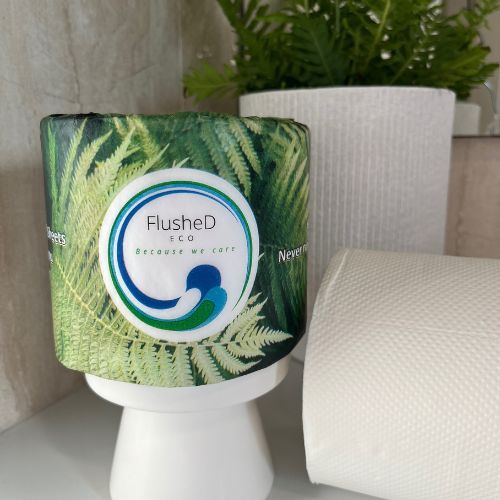
FlusheD ECO
100% Bamboo Toilet Paper
Share
